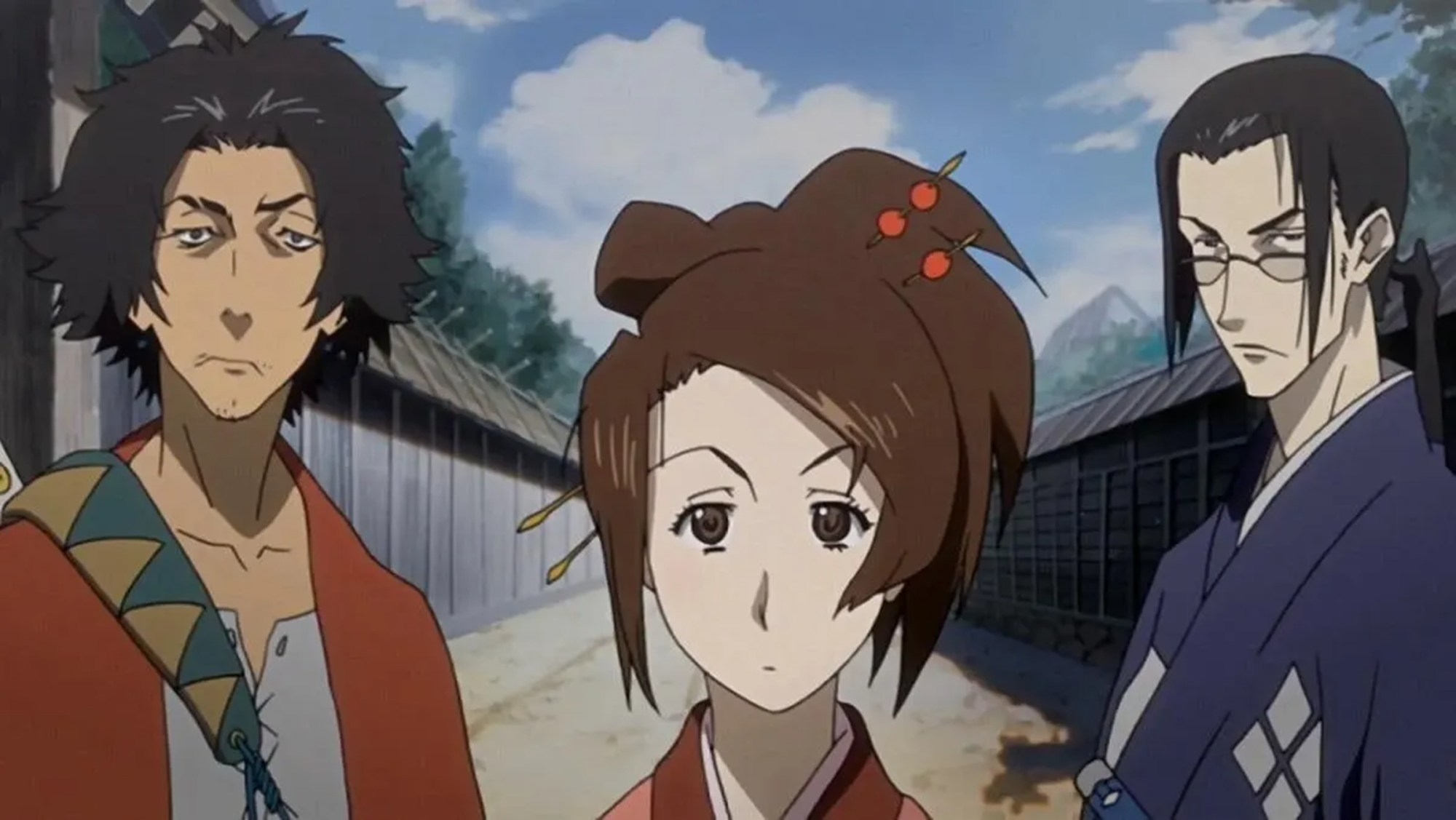
While the anime industry is booming, this doesn’t save every production house from extinction. Over the years, there have been some major anime creators that were unable to sustain their output, whether that be due to a lack of business and/or controversial factors that eventually saw them close up shop. As a way to reflect on the works of these production houses and explore just what happened to each studio, we here at ComicBook.com have compiled a list of ten of the biggest anime studios that are no longer among us.
Studio Gainax
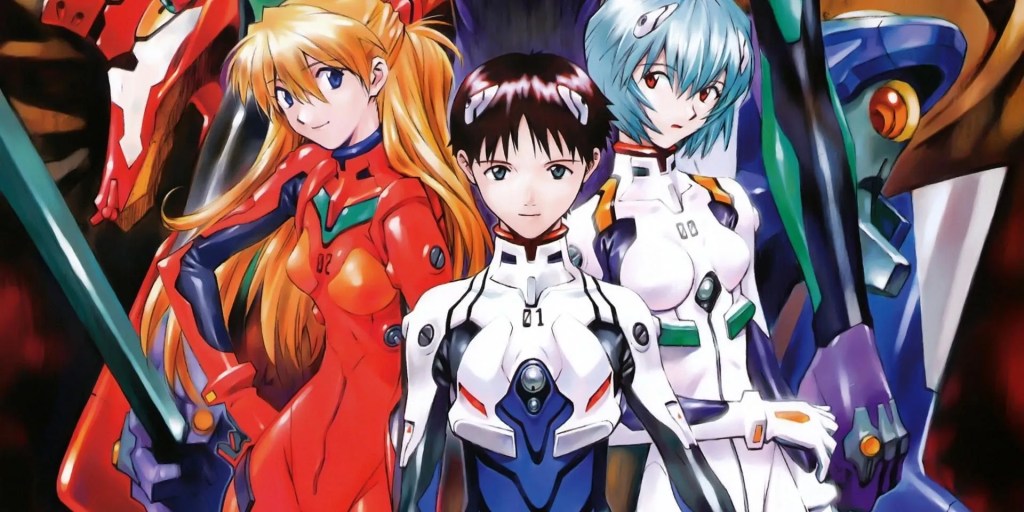
Ironically enough, Studio Gainax is simultaneously one of the biggest anime studios to close and one of the most controversial when it came to the shuttering of its doors. Originally responsible for critically acclaimed anime such as Neon Genesis Evangelion, FLCLand Nadia: The Secret of Blue WaterGainax announced its bankruptcy last year, fueled by behind-the-scenes commentary and representative director Tomohiro Maki was arrested for “indecent acts.” Luckily, if you want a refresher on the original announcement, here’s the official statement from Gainax itself when it filed for bankruptcy in 2024:
“On May 29th, Gainax Co., Ltd. filed for bankruptcy at the Tokyo District Court, and we are pleased to announce that the petition has been accepted. With the cooperation of Khara and the directors of the new system, we have been working with the cooperating companies to confirm the rights of the works, protect the rights of the writers and creators, and properly manage and operate the intellectual property and materials that were being scattered so that the main works can be operated in the future through each production committee, etc. However, in addition to the situation where many of the former management remain shareholders, we have not been able to resolve the large amount of debt that had accumulated under the previous system.” When it comes to the Evangelion series, Studio Khara is currently the home base for NERV and its future projects.
3Hz
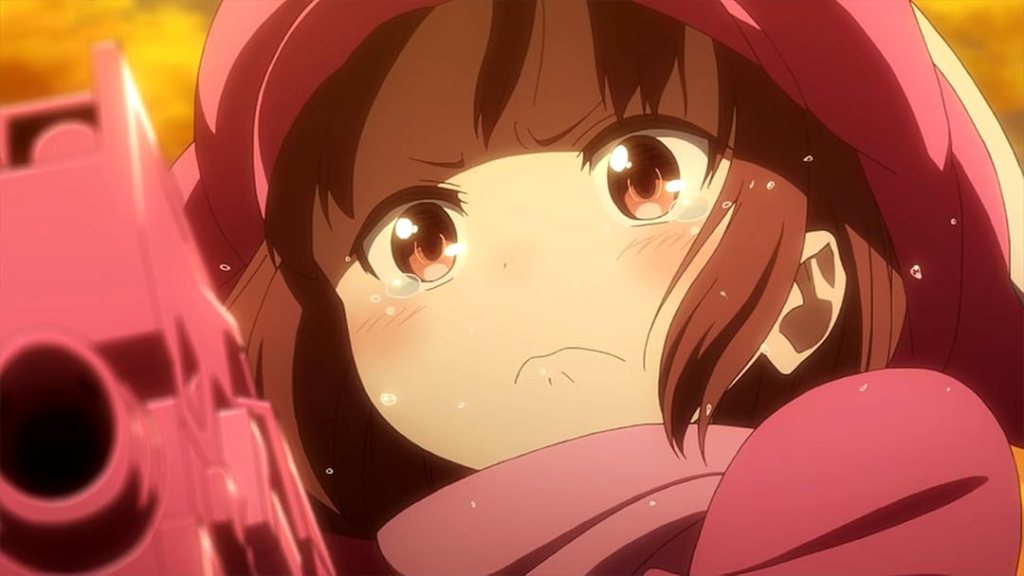
The production house, simply known as “3Hz,” first opened its doors in 2013 and is responsible for two major entries in the anime world, to say nothing of some of its other efforts. In the past, the studio brought to life Sword Art Online Alternative: Gun Gale Online and The Devil Is a Part-Timerwith these two stories being the most popular. The closure of 3Hz was far less controversial than Studio Gainax, with the production house being absorbed by A-1 Pictures. A-1, for those who might need a refresher, is responsible for the main Sword Art Online series, Solo Levelingand countless other anime favorites. Many of 3Hz’s artists made the jump to A-1 Pictures and are still working in the anime industry to this day.
Studio Manglobe
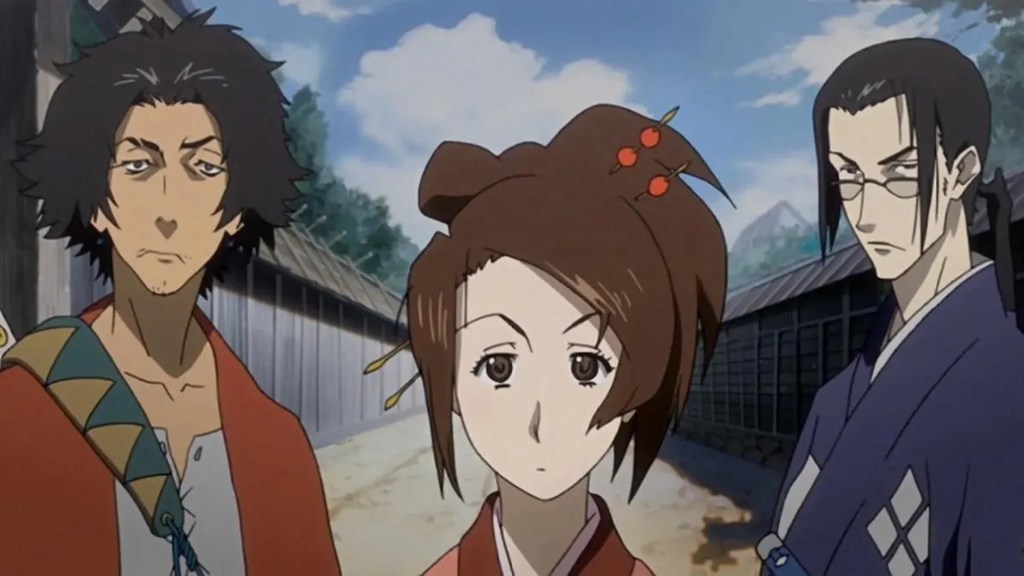
Studio Manglobe is easily most known for producing Samurai Champloothe slicing and dicing anime series directed by Cowboy Bebop legend Shinichiro Watanabe. On top of bringing to life the adventures of Mugen, Fuu, and Jin, Manglobe also made big anime series such as Ergo Proxy, Deadman Wonderlandand Gangsta. In 2015, the production house filed for bankruptcy, closing its doors as it harbored a reported $2.36 million USD in debt. Unfortunately, Manglobe didn’t have a larger studio to absorb its production teams and assets, leaving the anime studio closed to this day.
Group TAC
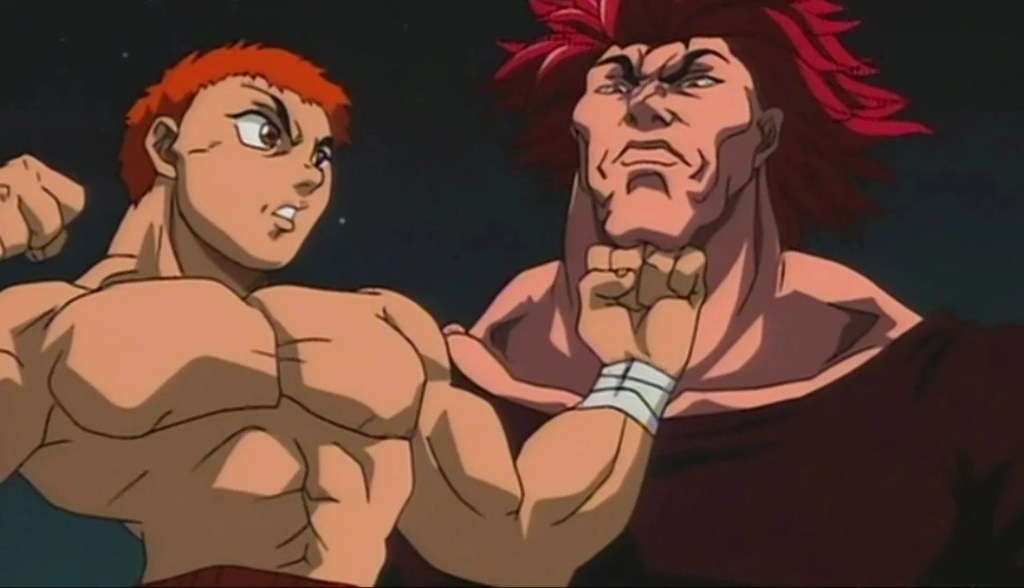
One of the oldest anime studios on this list, Group TAC was first established in 1968, creating some major entries in the anime world for decades. Over the course of its history, TAC was responsible for the likes of Baki The Grappler, Street Fighter II: The Animated Movie, Viewtiful Joe: Red Hot Rumble, Black Blood Brothersand too many other projects to count. In 2010, Group TAC filed for bankruptcy, selling off all of its assets and ending the studio’s long career in the anime world. The company had over $6 million in debt, proving to be a hill too steep to climb for TAC to stay in operation.
Xedec
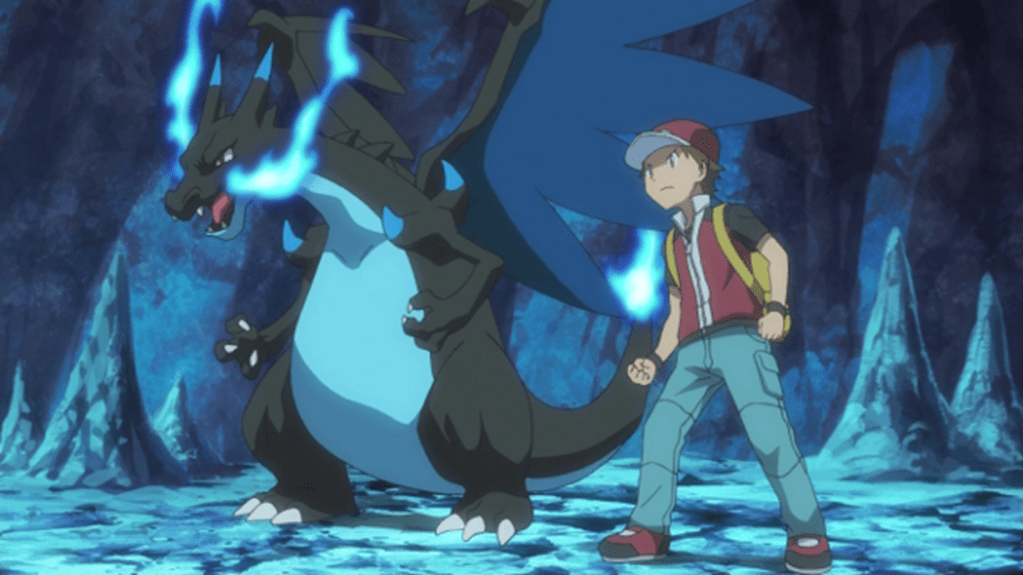
Xebec, Inc. was an anime studio that first began producing content in 1995, garnering some major attention thanks to one of its earliest works, Sorcerer Hunters. From here, the studio would go on to get bigger and bolder, creating anime productions such as Shaman King, Pokemon Origins, D.N.Angel, Star Blazers: Space Battleship Yamato 2199and many more. In 2019, Xebec, Inc was absorbed by Production I.G., the studio fans might know best for its work on Haikyu, Kaiju No. 8and many more. As is the case with Gainax, the assets of Xebec were swallowed by I.G. and can still make a comeback in the future, should Production I.G. be looking to return to any of Xebec’s anime worlds. Speaking of anime studios bought by I.G….
Signal.MD
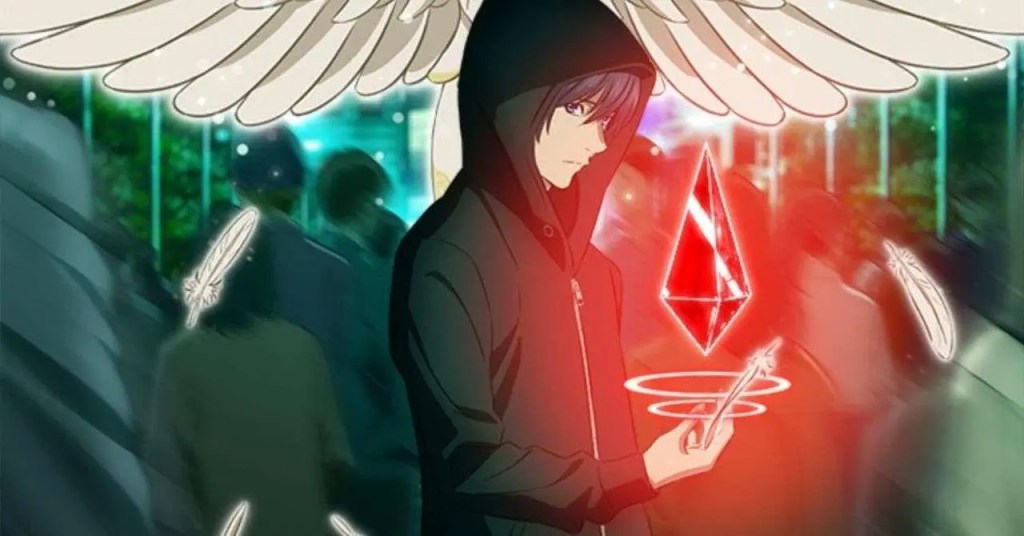
Signal.MD was created in 2014, joining Gainax in the world of FLCL with the original Toonami production, FLCL Progressive. On top of being a part of this Adult Swim project, the studio would ride high with the release of Platinum Endthe highly anticipated anime from the creators of Death Note. On the movie front, Signal.MD created the likes of Cyborg 009: Call of Justice and Fate/Grand Order – Divine Realm of the Round Table. Perhaps one of the most recent examples of an anime studio closing its doors, the production house closed in June of this year. Absorbed by Production I.G. like Xebec, Signal’s properties could theoretically be brought back, though nothing has been confirmed.
Arms Corporation
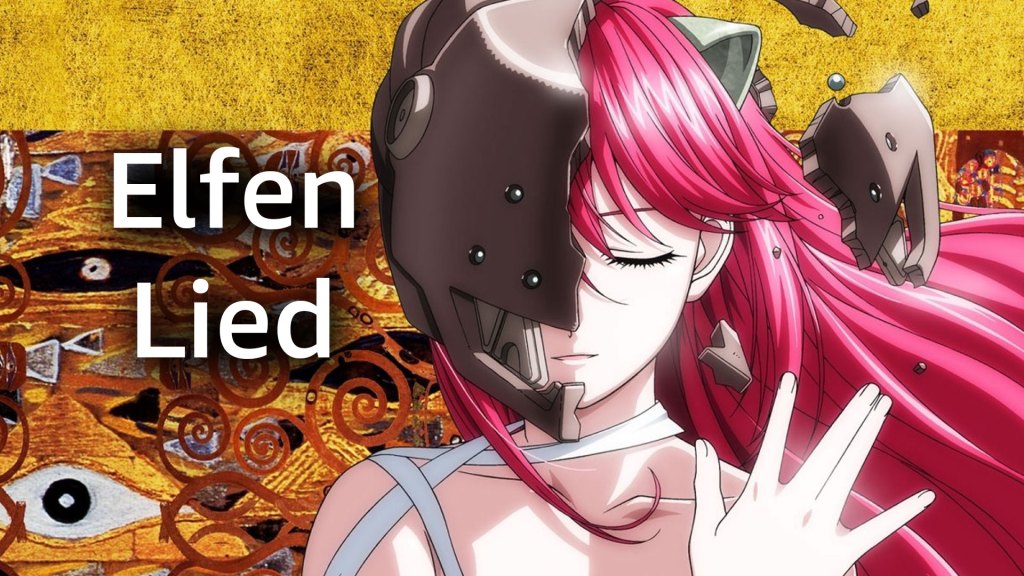
Established in 1996, Arms Corporation was one of the more controversial studios on this list simply thanks to some of the anime series they brought to life in their decades-long career. Arms was responsible for some of the bloody and mature offerings, including, but not limited to, Elfen Lied, Kite, Mezzo Forte, Saiyuki Reload, Valkyrie Driveand many more. Having previously decided to move away from its more mature subject matter in the early 2000s, Arms Corporation decided to dissolve its own company in 2020 following a bankruptcy report. Unlike many other examples of studios being absorbed by larger entities, Arms Corporation wasn’t able to find a life raft in a similar fashion.
Geek Toys Animation Studios

Geek Toys Animation Studios is a relatively fresh studio on this list, first opening its doors in 2017. Since its creation, Geek Toys has worked on some big anime projects, including Date a Live, Plundererand most recently, Headhunted to Another World: From Salaryman to Big Four! Closing in 2023, Geek Toys was absorbed by its parent company, Geek Pictures, a production house that has routinely teamed up with Dragon Ball and One Piece animator Toei. Of the many questions surrounding the shuttering of Geek Toys, one of the biggest is the fate of Date A Livewhich will hopefully still have future anime projects.
Topcraft
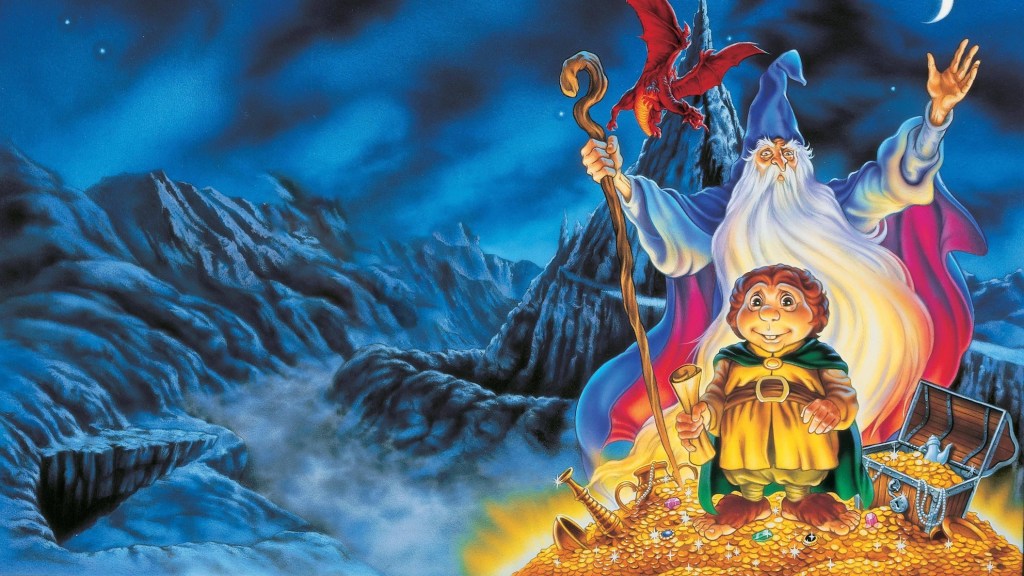
While Topcraft might have created some major anime productions in its time, it also closed its doors before many of our readers were born. First opening in 1972, the studio was responsible for major anime properties such as Mazinger Z, Gatchaman, Lupin The Thirdand more. The Japanese studio also helped in creating some now legendary Western projects such as The Hobbit animated movie, The Last Unicorn, Thundercatsand more. Like many other studios on this list, Topcraft would succumb to bankruptcy and close its doors in 1985.
Radix Ace Entertainment

Radix Ace Entertainment was first established in 2001, only lasting for five years before closing up shop, having previously been known as simply “Radix.” The biggest claim to fame that Radiz had to its name was working on the Sakura Wars franchise, along with M.D. Geist Death Force, Saber Marionette Rand Honey x Honey Drops. While many animators from the studio would go on to join the studio known as “Seven,” Radix would continue under the name Radix Mobanimation in 2007.
What is the biggest anime studio you were sad to see close? Leave a comment below and join the conversation now in the ComicBook Forum!
